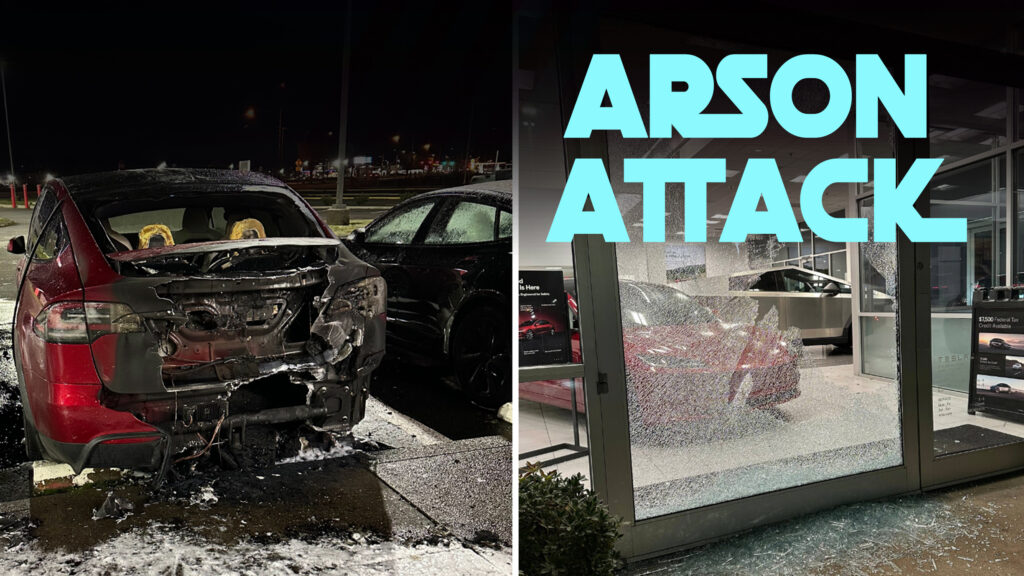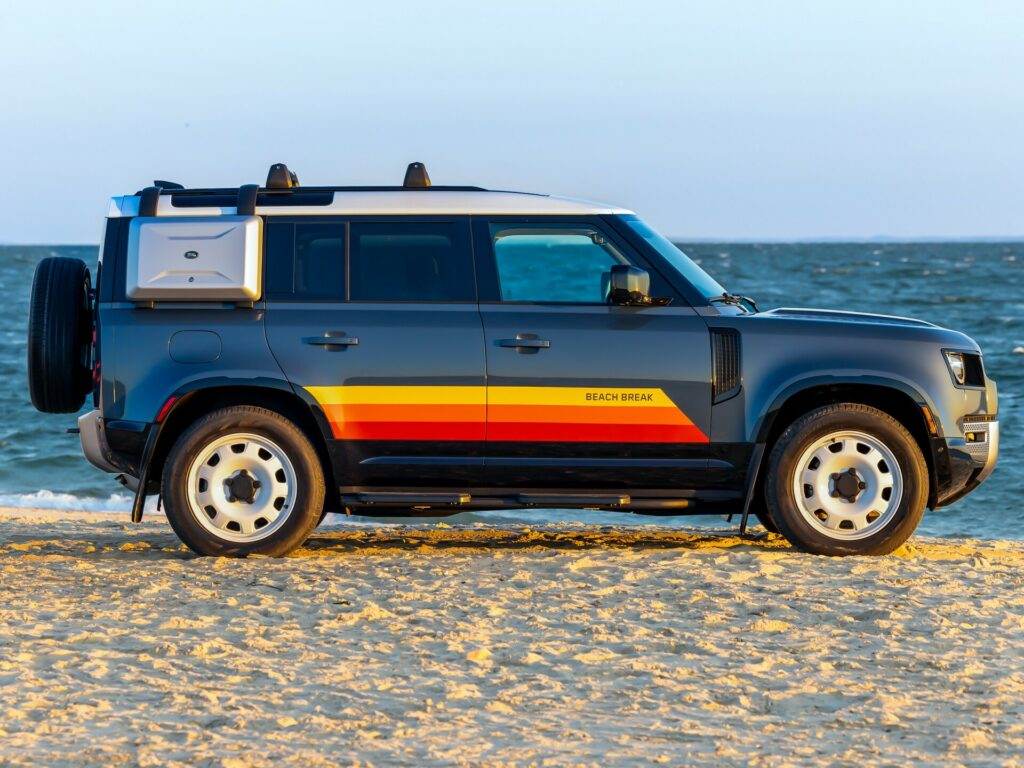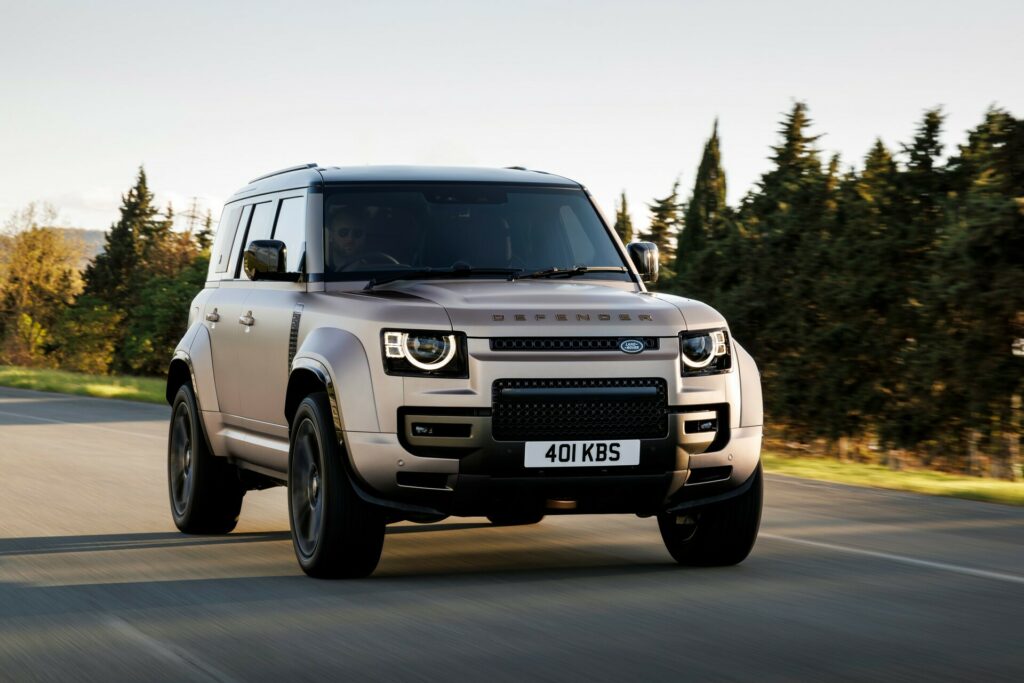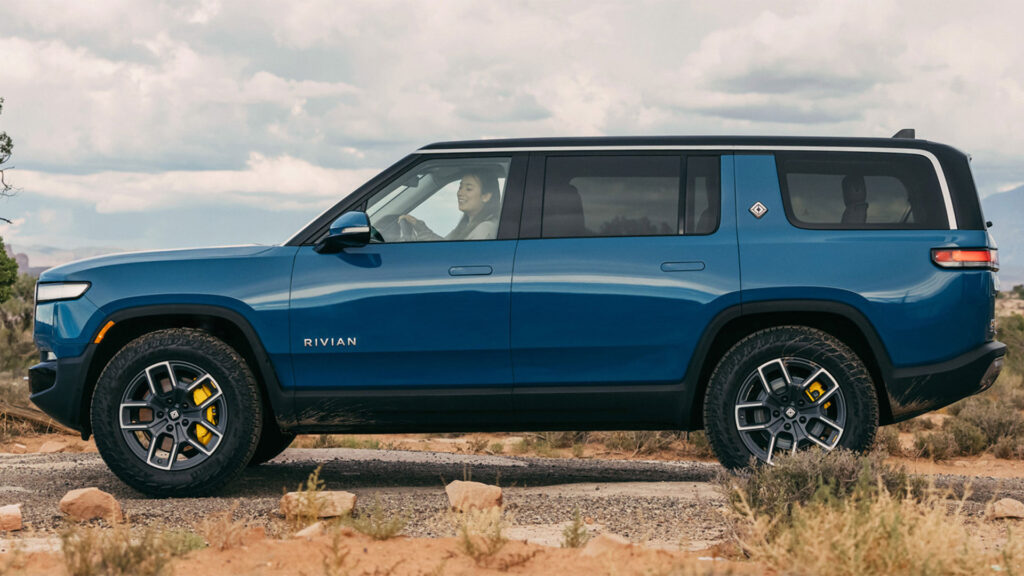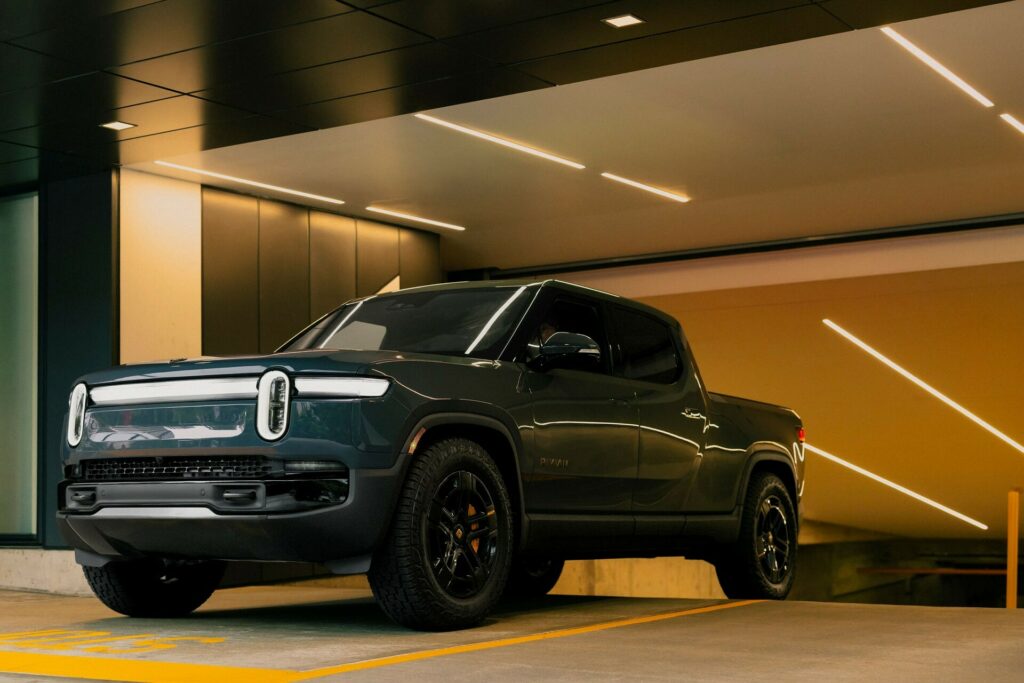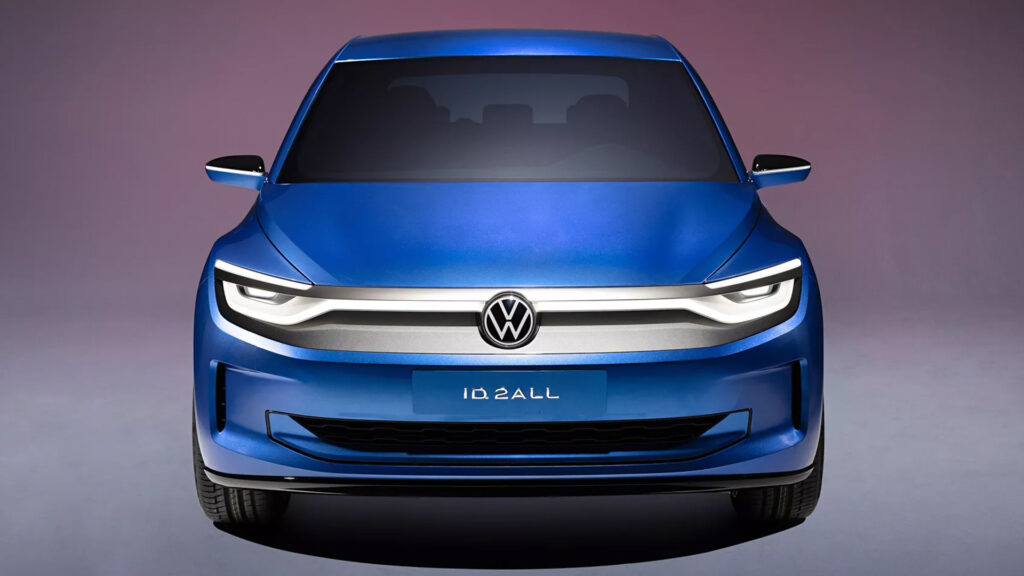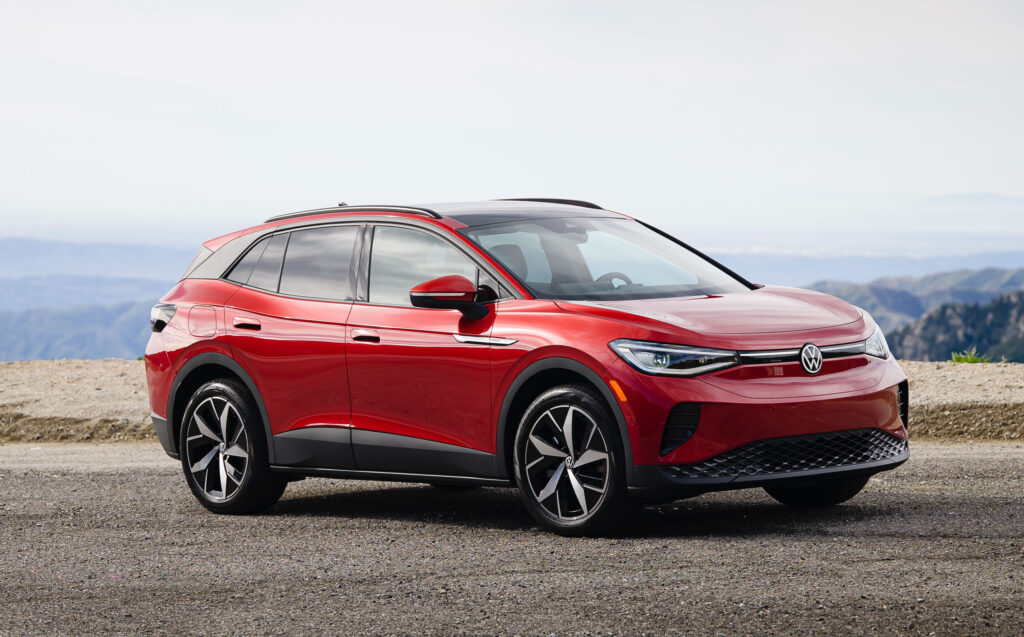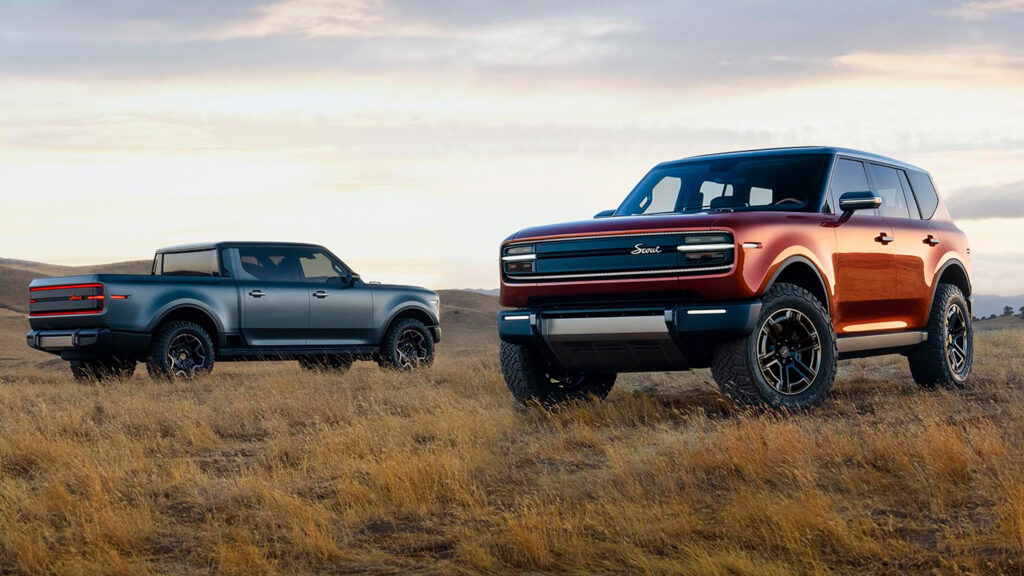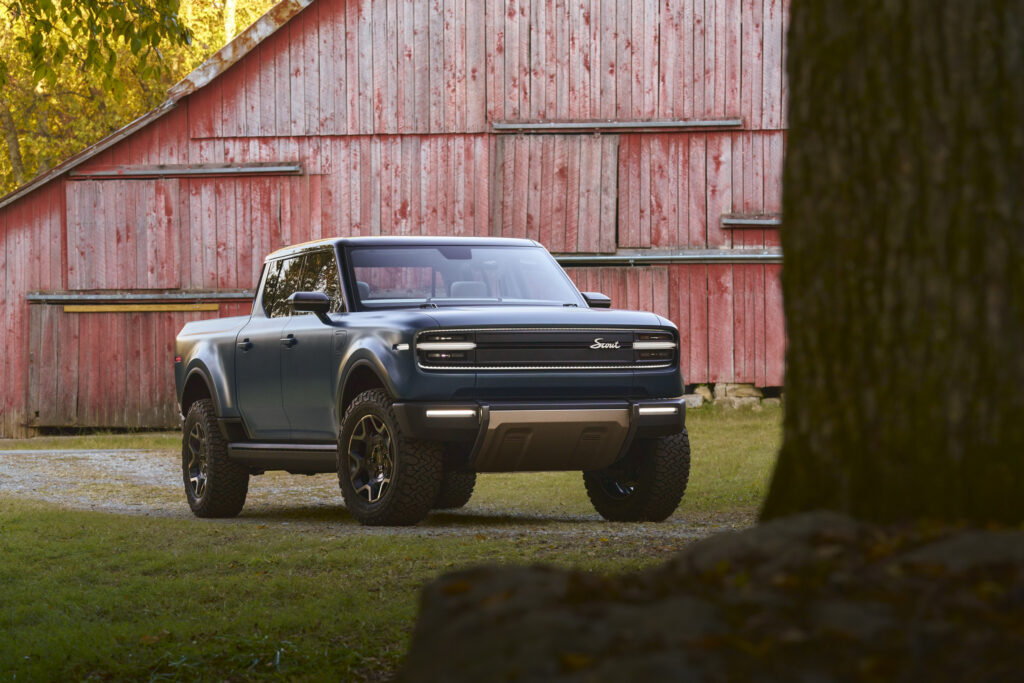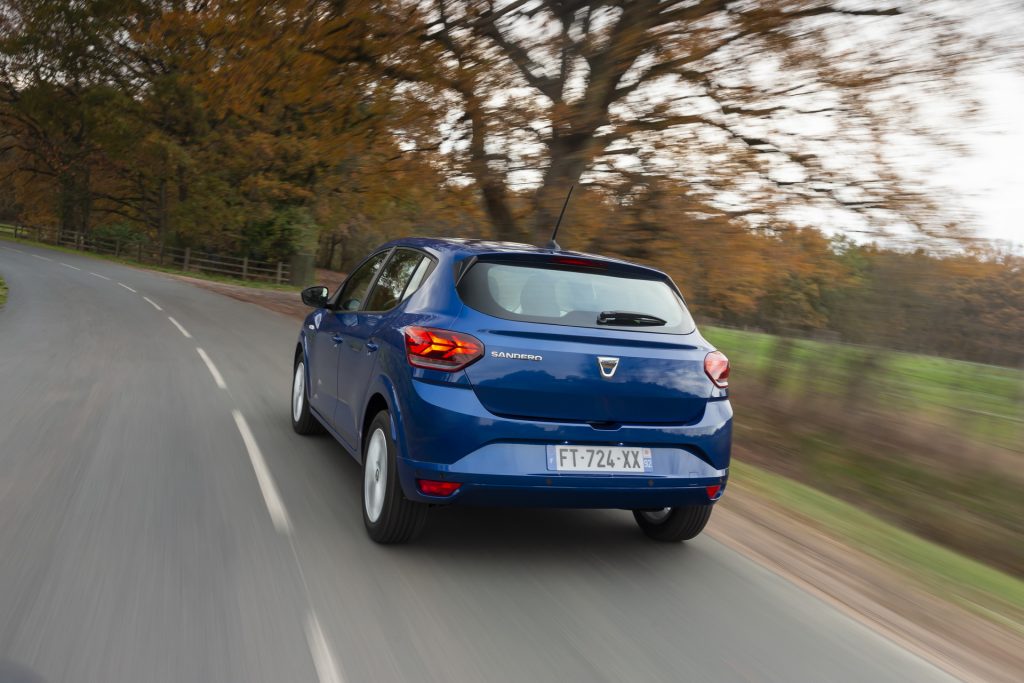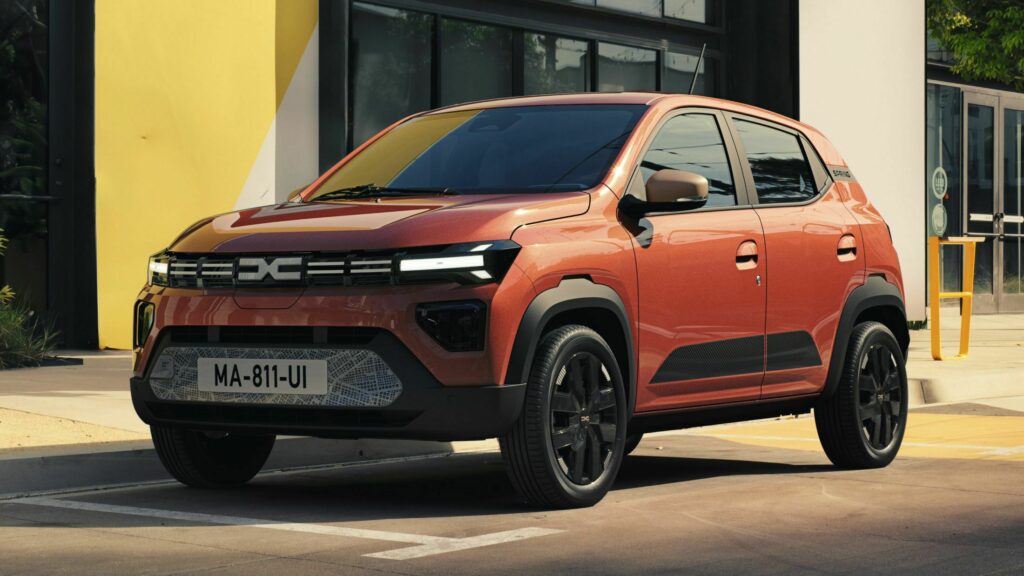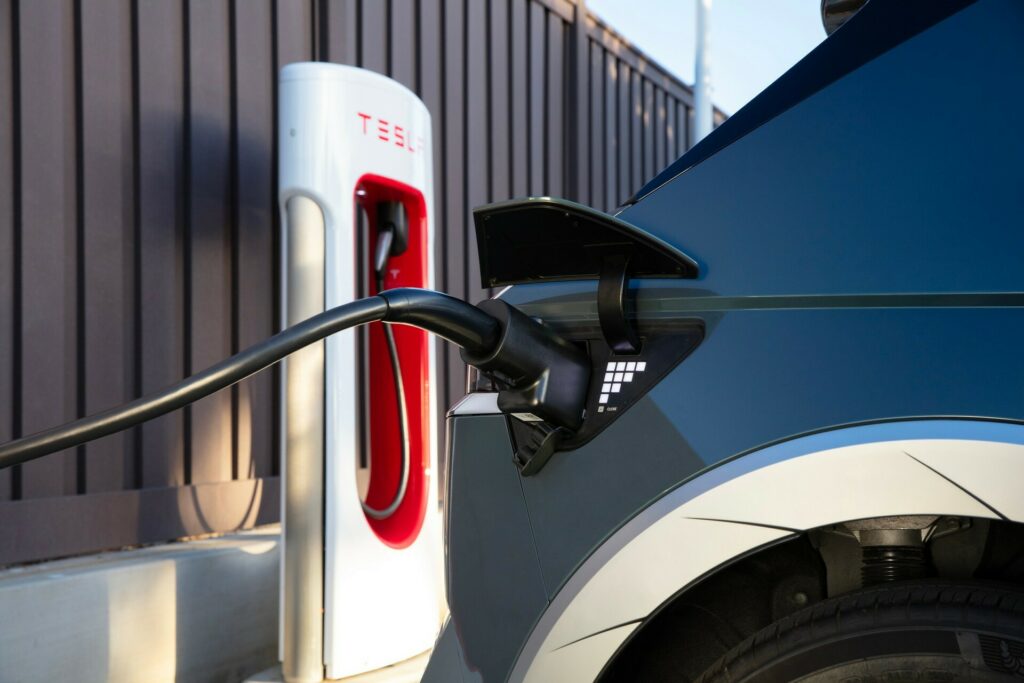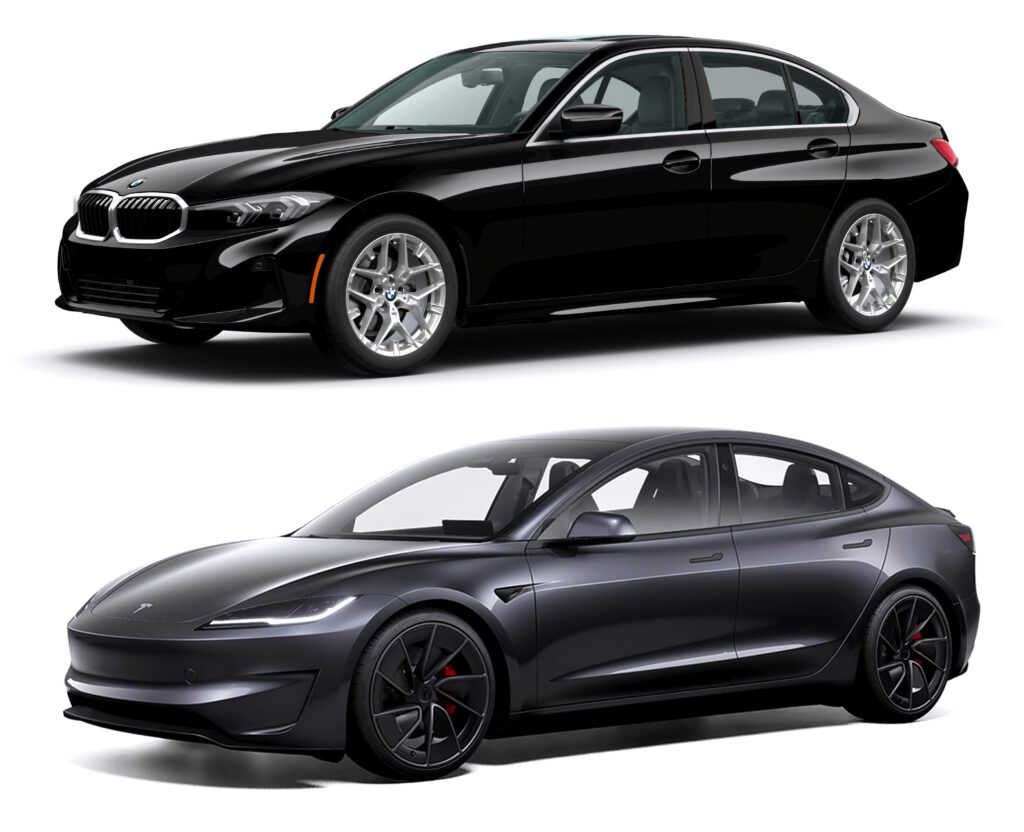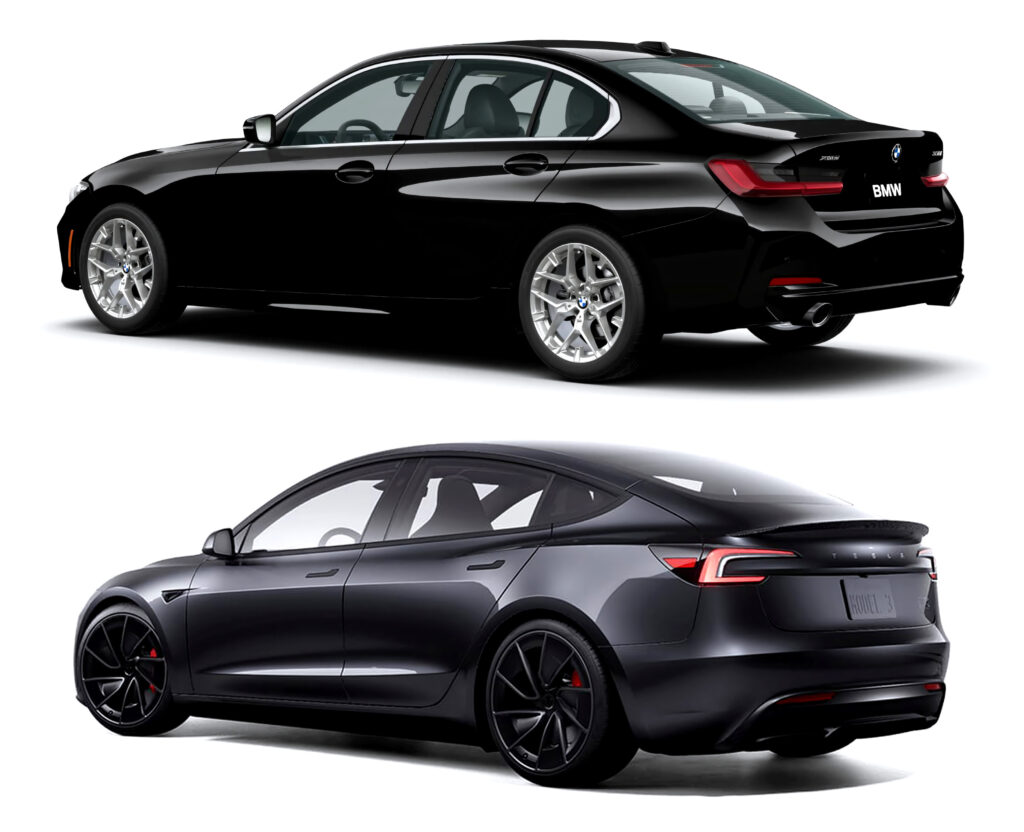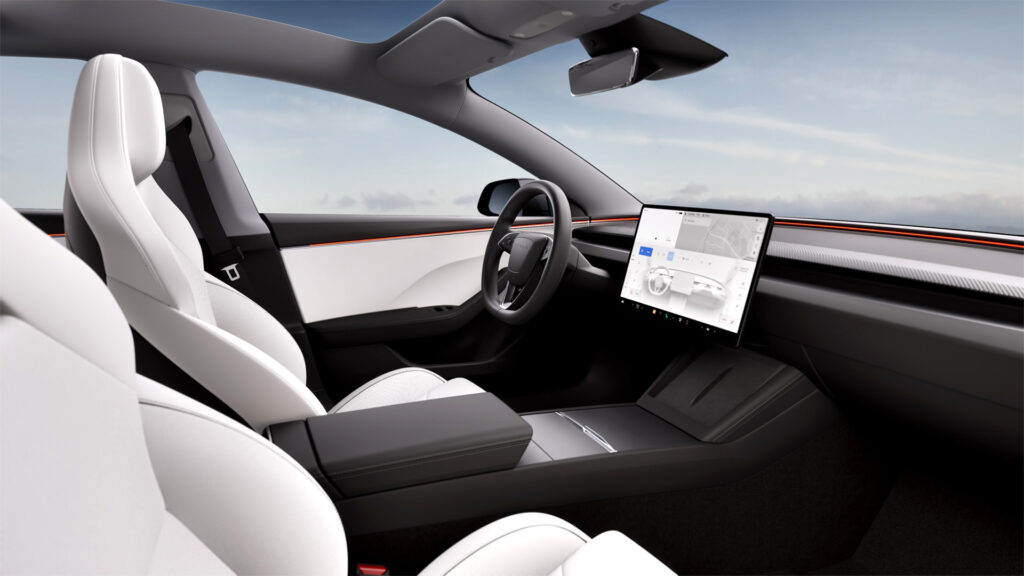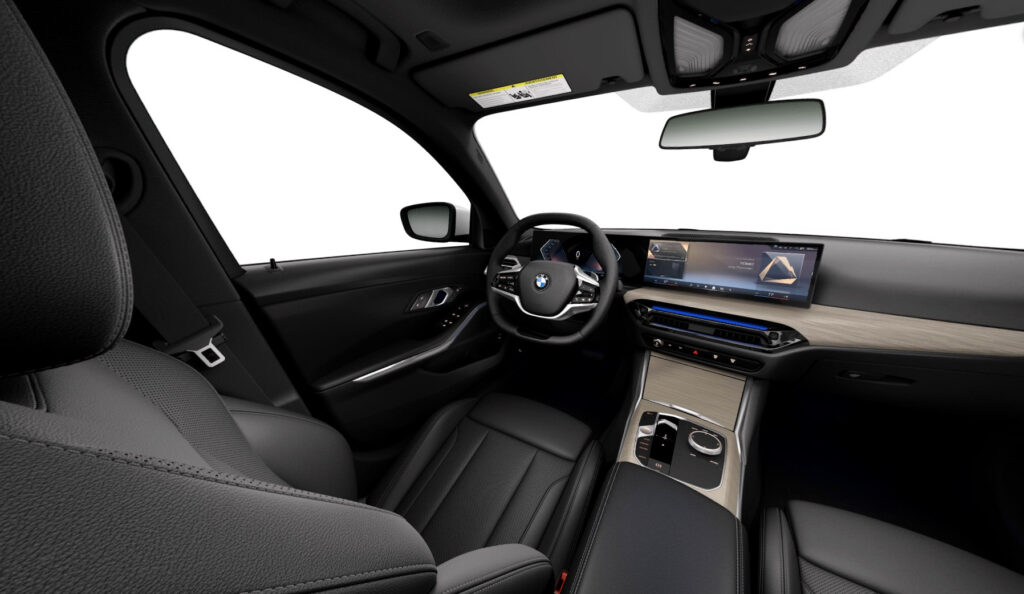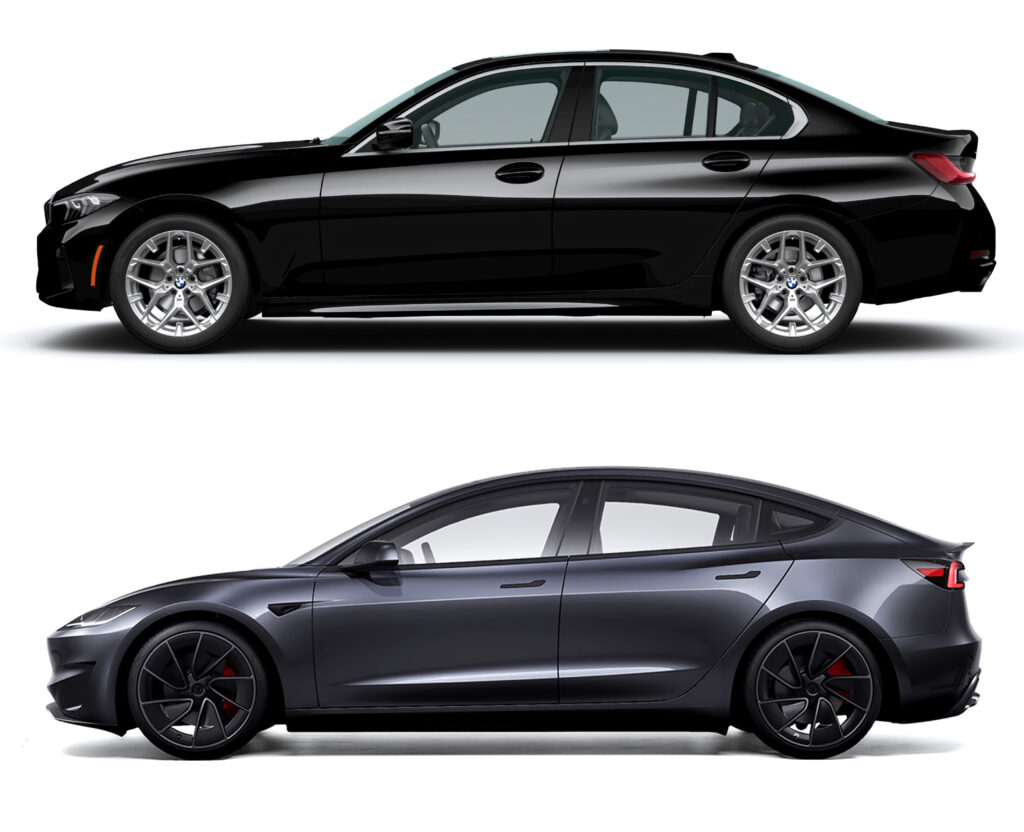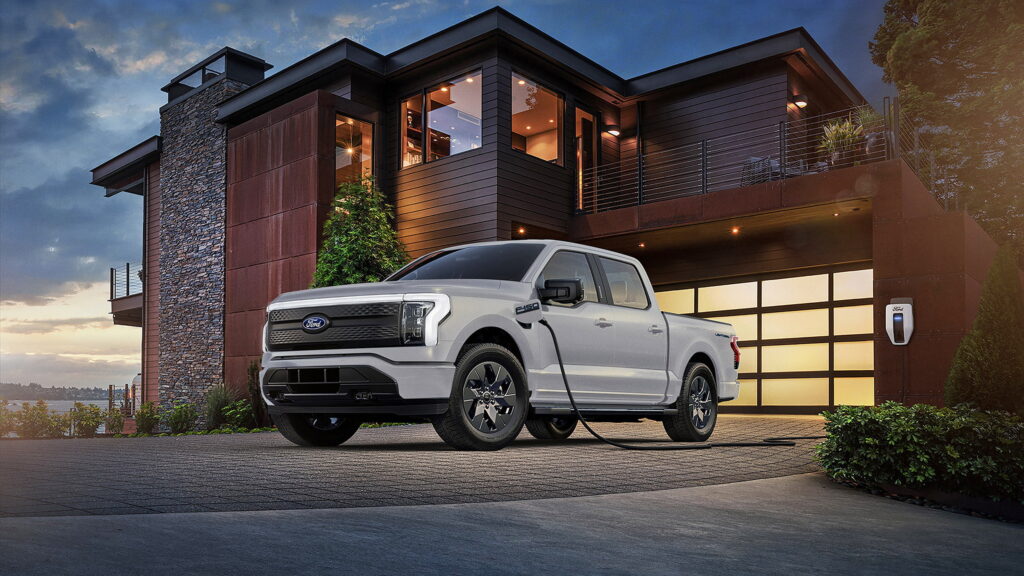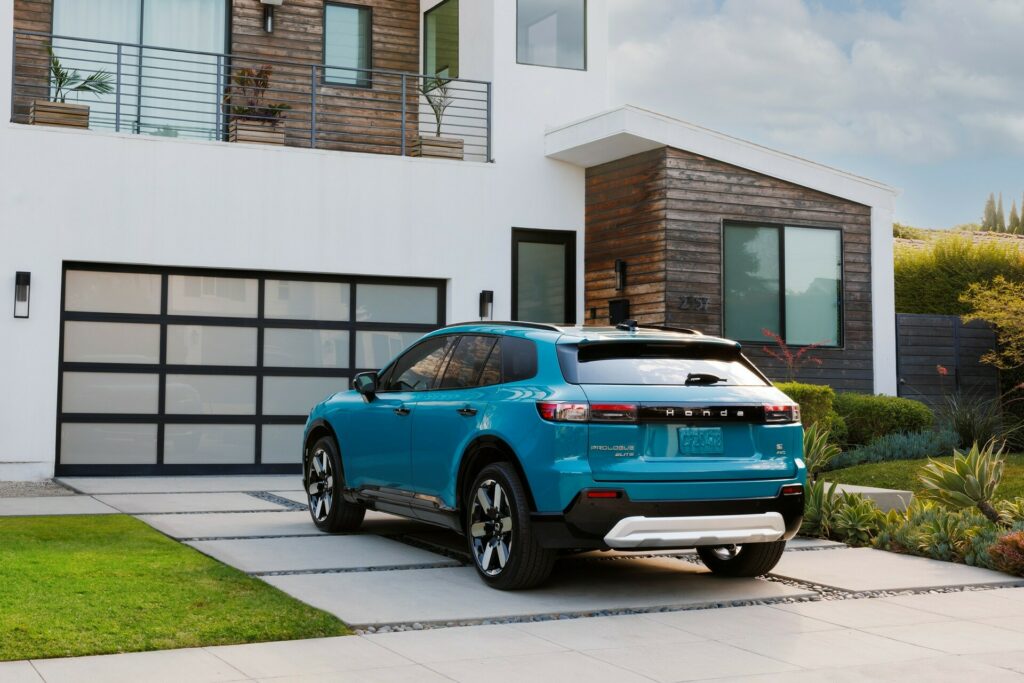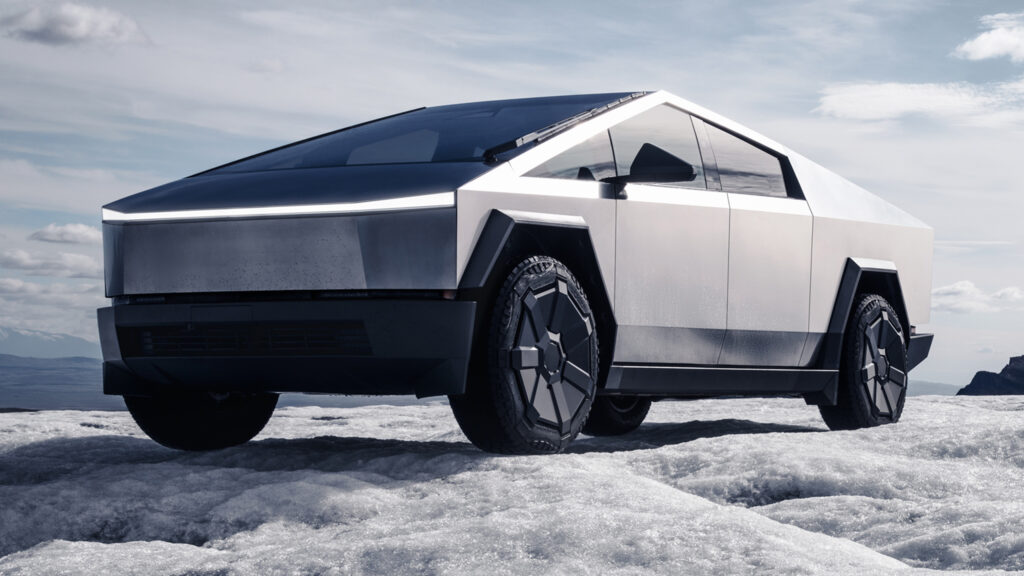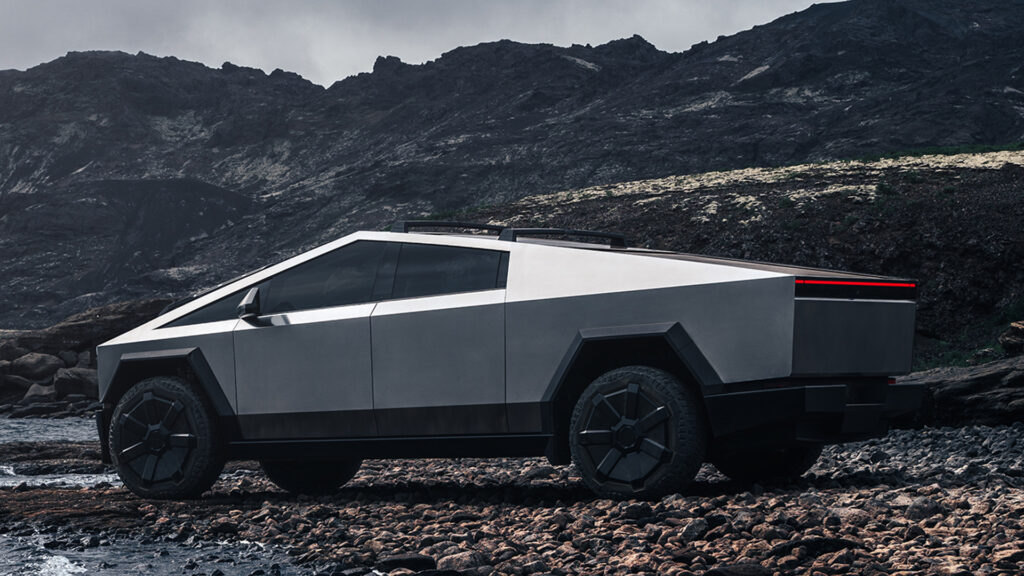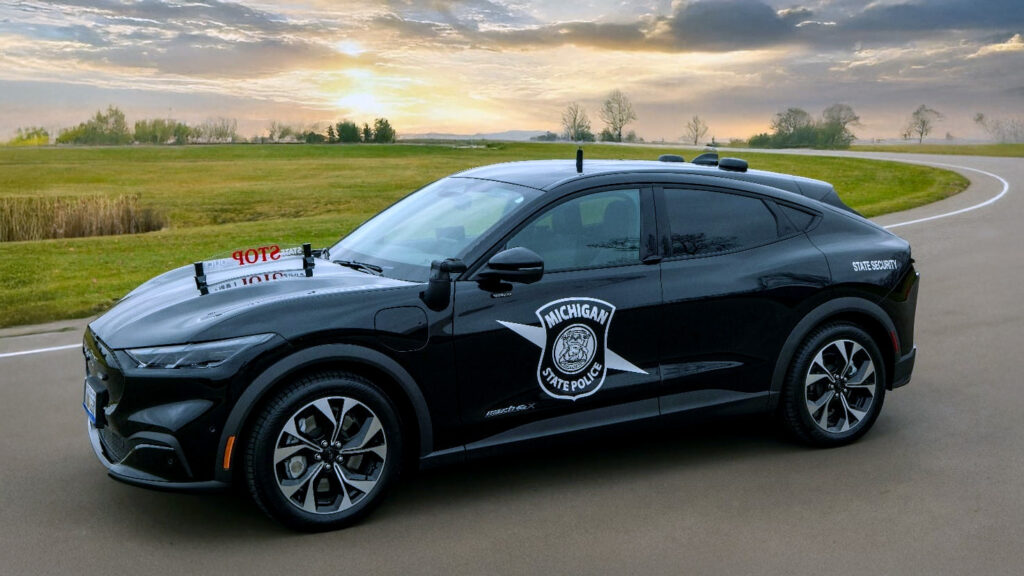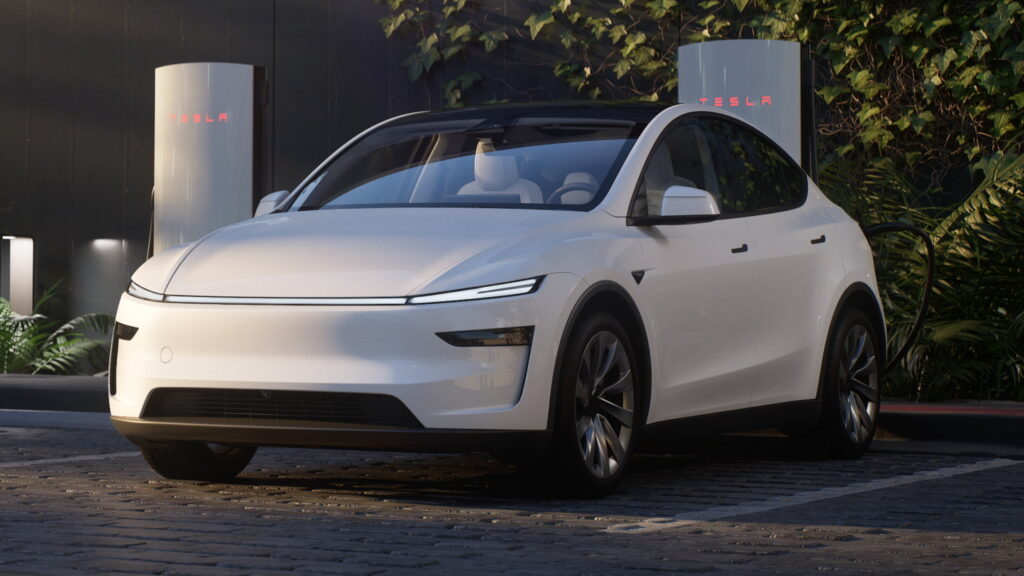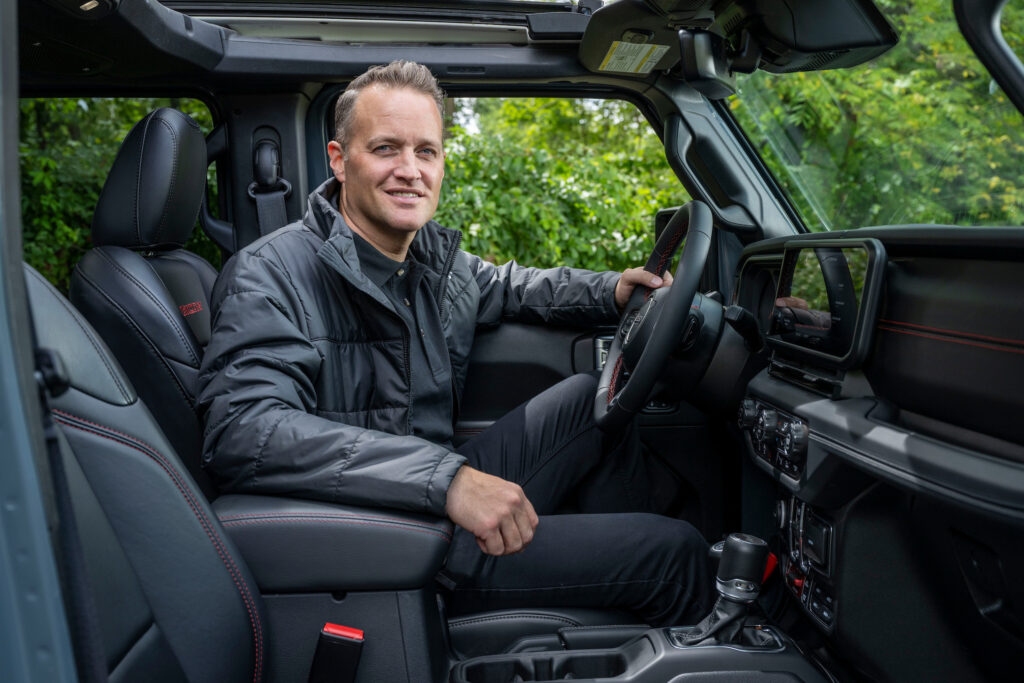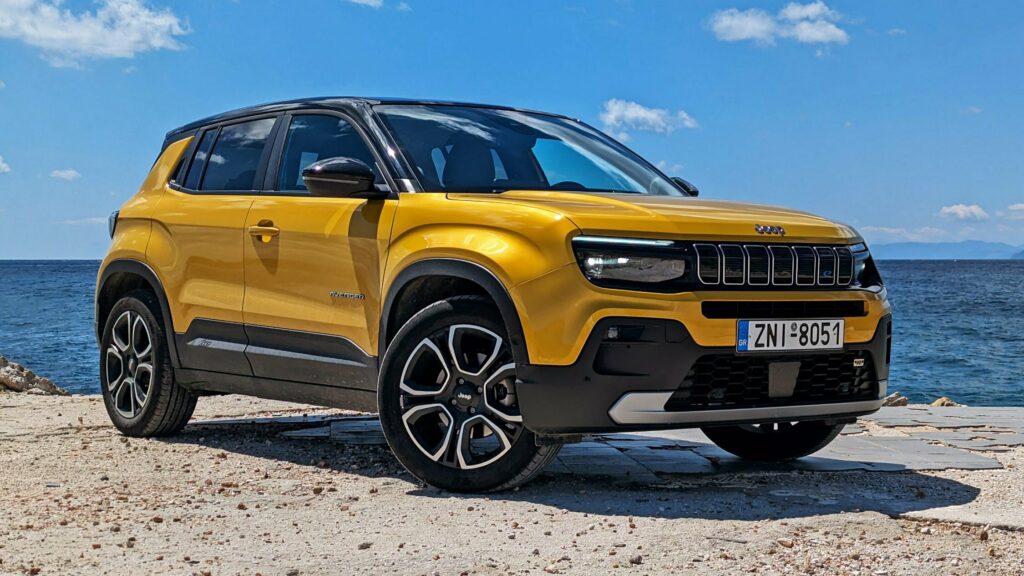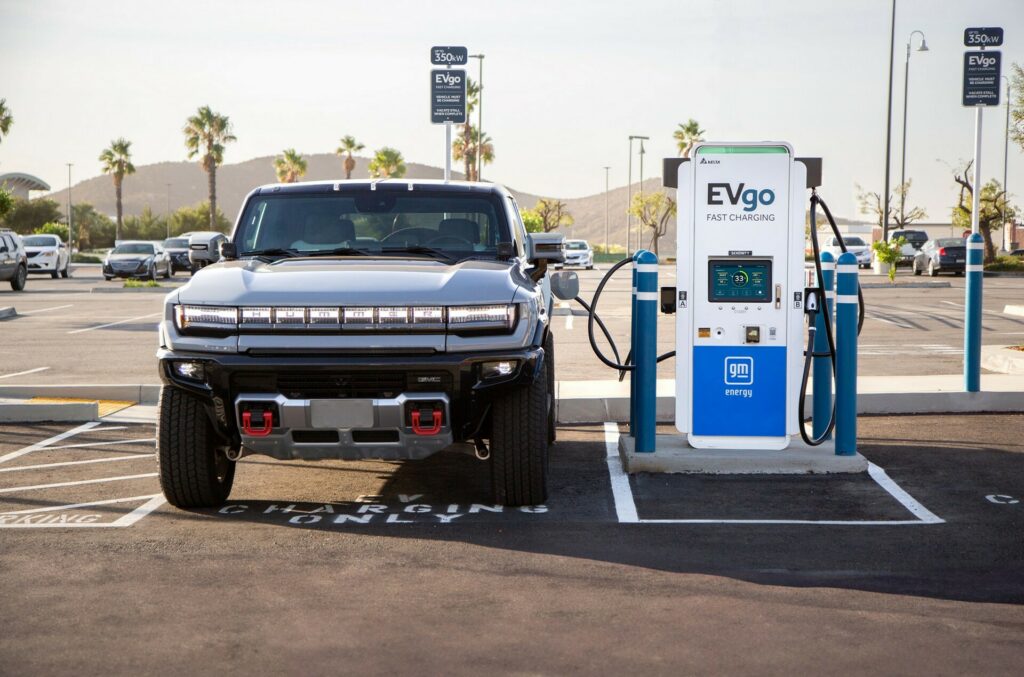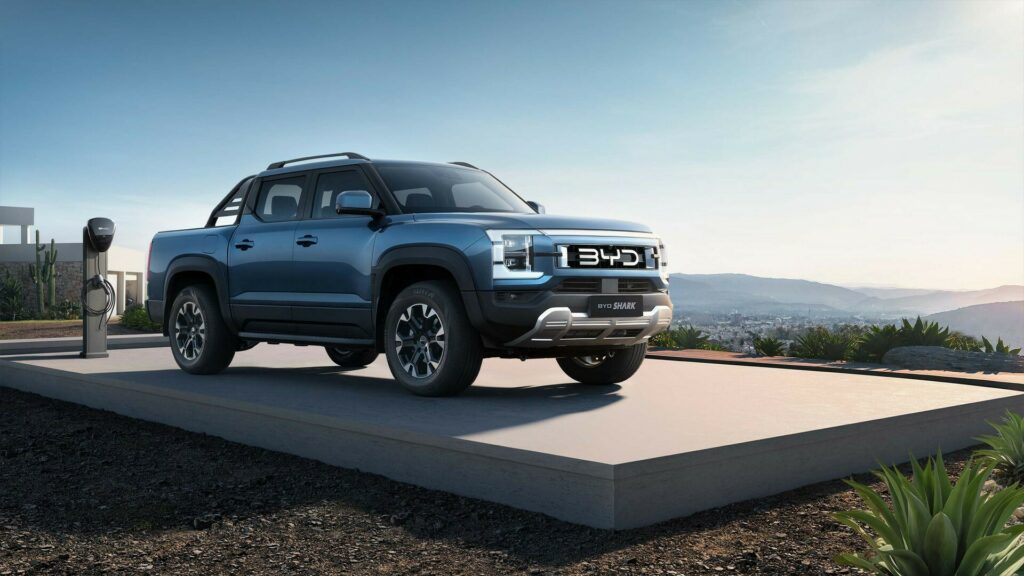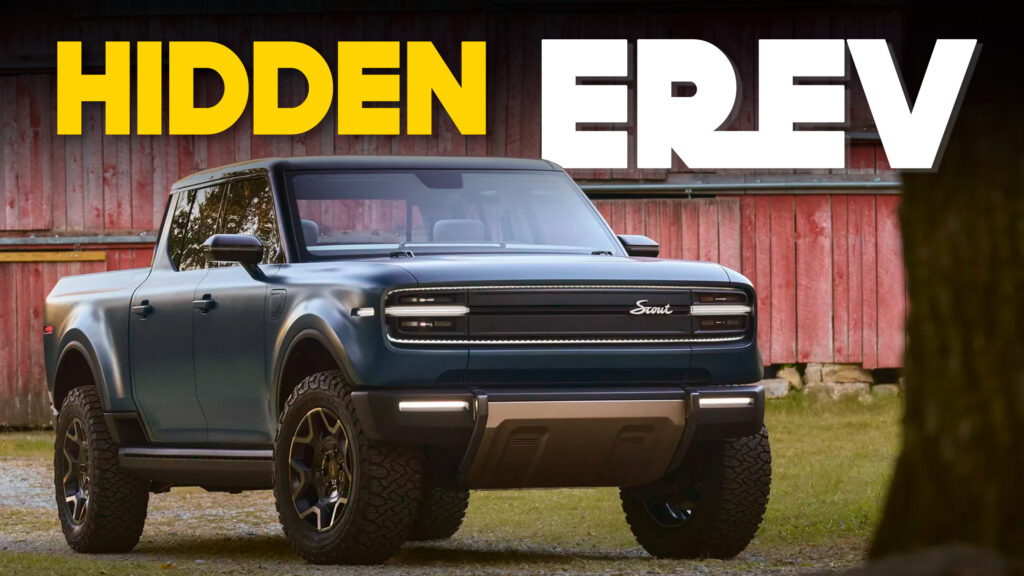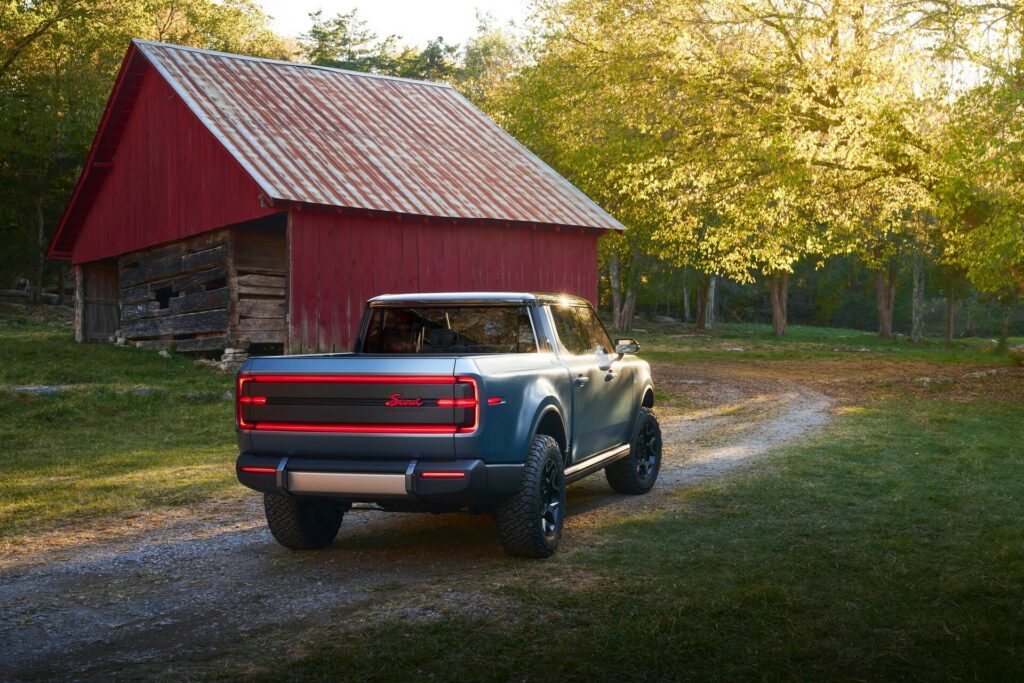2025 Tesla Model Y Juniper Lands In US This March From $59,990 For Launch Series
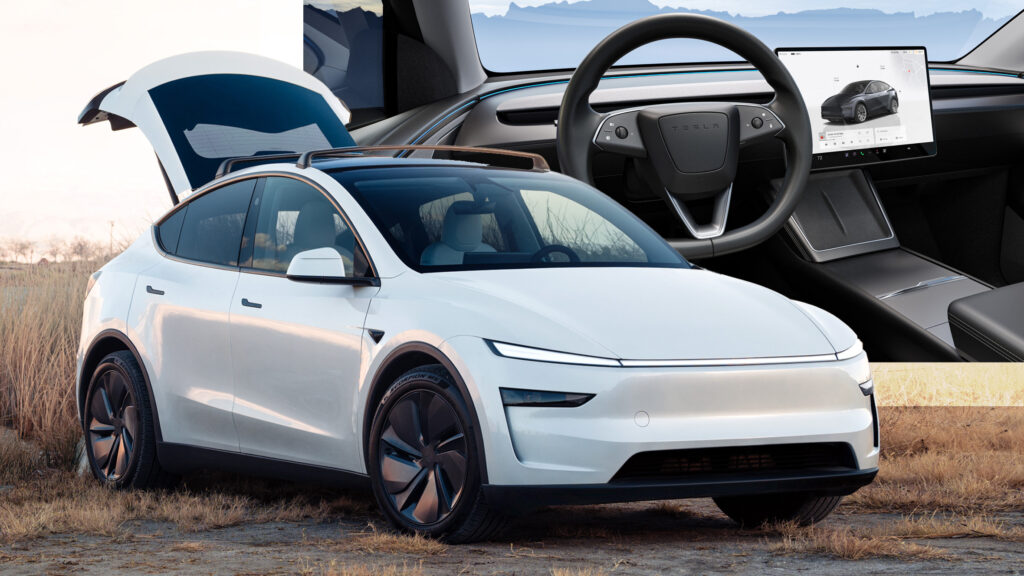
- The only version of the new Model Y available now is the Long Range AWD variant.
- Customers get four color options and two wheel choices, all included at no extra cost.
- Tesla claims the new Model Y offers 320 miles of range and 0-60 mph in 4.1 seconds.
Tesla’s refreshed Model Y, the world’s bestselling EV, is getting ready for its US launch. Just weeks after its international unveiling, the new Model Y Launch Series has appeared on Tesla’s website with a starting price of $59,990, excluding federal and state tax credits or delivery fees. While the outgoing Model Y remains available, this Launch Series edition comes fully loaded with every option as standard.
Read: 2025 Tesla Model Y Debuts With Cybercab Looks And Turn Signal Stalks
US deliveries have been penciled in for March, with the Launch Series offering the Long Range All-Wheel Drive powertrain and Tesla’s Acceleration Boost right out of the box. Exclusive to this edition are features like a unique badge, puddle lights and Launch Series branding on the wireless chargers. More notably, Full Self-Driving (FSD) is included at no additional cost, with all other upgrades, such as exterior and interior colors, a tow hitch, and larger wheels, are being offered as a no-cost options.
Price Breakdown: What You’re Getting
Factoring in the $7,500 federal EV tax credit, the new Model Y’s price falls to $52,490. For comparison, the outgoing Model Y Long Range All-Wheel Drive starts at $47,990, or $40,490 after the credit, which President Trump has previously indicated he will scrap.
While the Launch Series is pricier than the old equivalent model, it offers both 19- and 20-inch wheels as standard, whereas the old model’s 20-inch shoes are a $2,000 option. Additionally, the four color options – Stealth Grey, Pearl White Multi-Coat, Ultra Red, and Quicksilver – come at no extra cost. Interestingly, the new Glacier Blue color is not available in this edition.With the exception of the no-cost Stealth Grey, these colors command $1,000 and $2,000 premiums on the old Model Y. A steel tow bar can also be added at no extra charge, allowing the new EV to tow up to 3,500 lbs (1,587 kg).
It’s Actually $4,000 Cheaper Than Before
If you were to equip the pre-facelift Model Y Long Range AWD with all those options—Quicksilver or Ultra Red paint at $2,000, 20″ Induction Wheels at $2,000, a Tow Hitch at $1,000, a White Interior at $1,000, Acceleration Boost at $2,000, and Full Self-Driving (FSD) at $8,000—you’d spend $16,000 more than the base price.
That brings the total to $63,990 for the older Model Y, which is $4,000 higher than the new Launch Edition. In this scenario, the Launch Edition would actually save you money, but only if you had planned to add all those upgrades anyway.
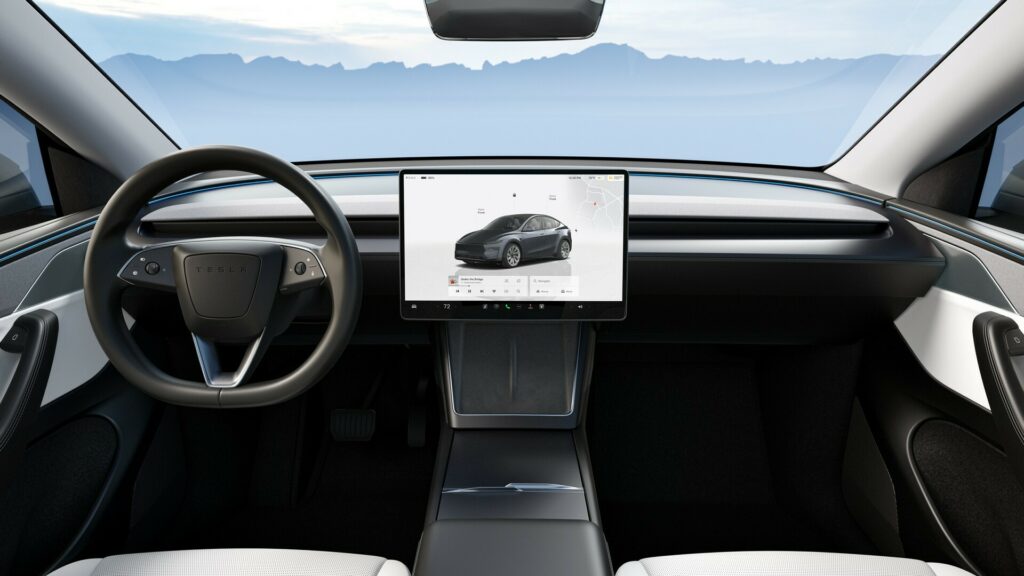
The Tech Details
The Model Y Launch Series has an estimated range of 320 miles (515 km). In typical Tesla fashion, there is no mention of horsepower or torque figures, but we know the EV can hit 60 mph (96 km/h) in 4.1 seconds (with a rollout), thanks to the standard Acceleration Boost, and it reaches a top speed of 125 mph (201 km/h).
By comparison, the outgoing Long Range All-Wheel Drive model without the Acceleration Boost offers a slightly lower EPA range of 311 miles (500 km) and takes 4.8 seconds to hit 60 mph. Interestingly, it outpaces the new model in top speed, reaching 135 mph (217 km/h)—a 10 mph advantage.
As with the new Model Y launched in international markets, the US-spec model arrives with all of the same visual updates and interior improvements. Among the most significant upgrades are a new 15.4-inch infotainment display, redesigned seats with a ventilated function up front, and an overhauled dashboard with configurable ambient lighting. North American buyers will also get the turn signal stalks found on international models.
Tesla also says the new Model Y in the US gets the same retuned suspension as other markets, boosting comfort and providing better steering response.
The rest of the range, including the standard Rear Wheel
— Tesla (@Tesla) January 24, 2025
